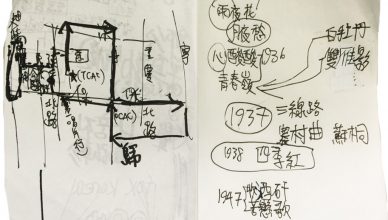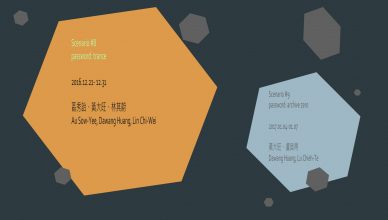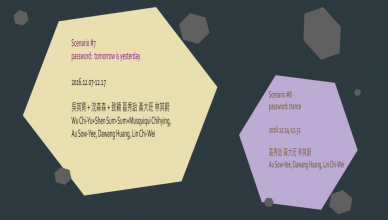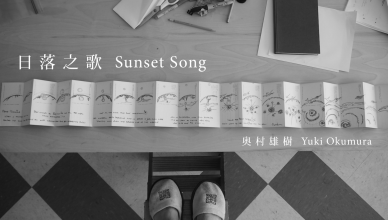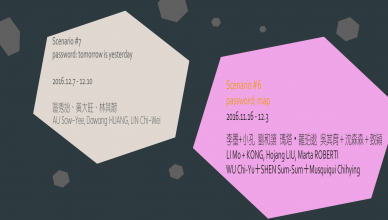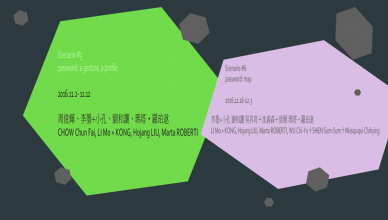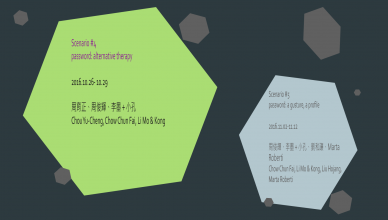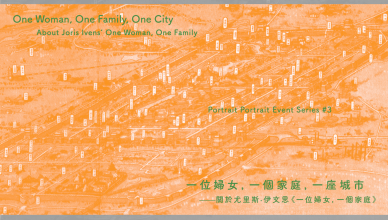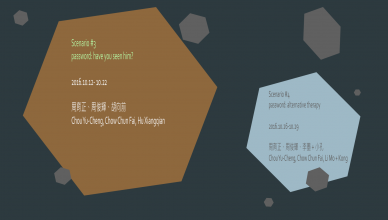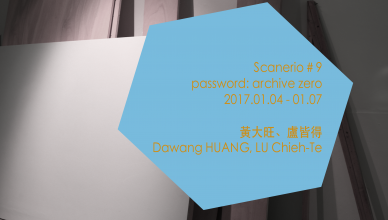
Portrait Portrait
當拒絕歷史敘事與重建身份成為這個世代如此尋常的社會實踐時,我們不禁省視歷史竟被投以多少慾望、意義和情感。本展覽試圖創造一個想像機械來探索當歷史之形象呈現時,與個體、集體、機制所交互扯動溢出的複雜協商關係。
喻為展開混沌動態的雙擺,《肖像擺》自身即是一種概念裝置,捕捉描繪展中九個場景接續推演、往來於敘事和歷史間的動態。透過在展場建構高度流動對話性的場景提供另類空間場域,以揭露日常隱匿的關係和運動。在各種預設前提與當下情境的邊界消融失準之時,展覽物件間激化出更多的不穩定張力。
何者主宰我們的觀看與詮釋?我們能夠通過什麼樣的方法來理解物質與影像間的真正引力,並在同一時空中去同步理解當下性與歷史性的形成?去理解敘事背後的生命狀態?若歷史書寫總是如展覽所示,永遠都被如此繁不及載的因素所一再媒介而呈現混沌,我們是否能夠大膽樂觀想像我們明日將不再重蹈覆轍?
As resisting accepted history and reinventing identity have become such a common social practice for our generation, we cannot help reflecting how much desire, meaning and affection have been projected on history at all times. The exhibition Portrait Portrait creates an imaginary machine to explore the complex negotiations between individual, collective and institution in relation to the figuration of histories.
Portrait Portrait is a conceptual installation to navigate or contour the tensions between narration and histories in nine progressive scenarios that takes the chaotic motion of a double pendulum as its metaphor. Through building dialectical, fluid settings in order to engineer alternative domains of conversation, the exhibition exposes invisible relations and movements. The boundaries between condition and situation are liquidized to generate uncertain dynamics among the exhibits.
What rules our perception and interpretation? What viable approaches can we employ to acknowledge the forces and traction among substances and images, and understand the forming of contemporaneity and historicity as part of the same space-time? What are the conditions of life behind the narratives? If historiography is always-already mediated with so many unpredictable factors as indicated in this exhibition and history is depicted in a chaotic motion, dare we optimistically think we need not repeat the past tomorrow?


